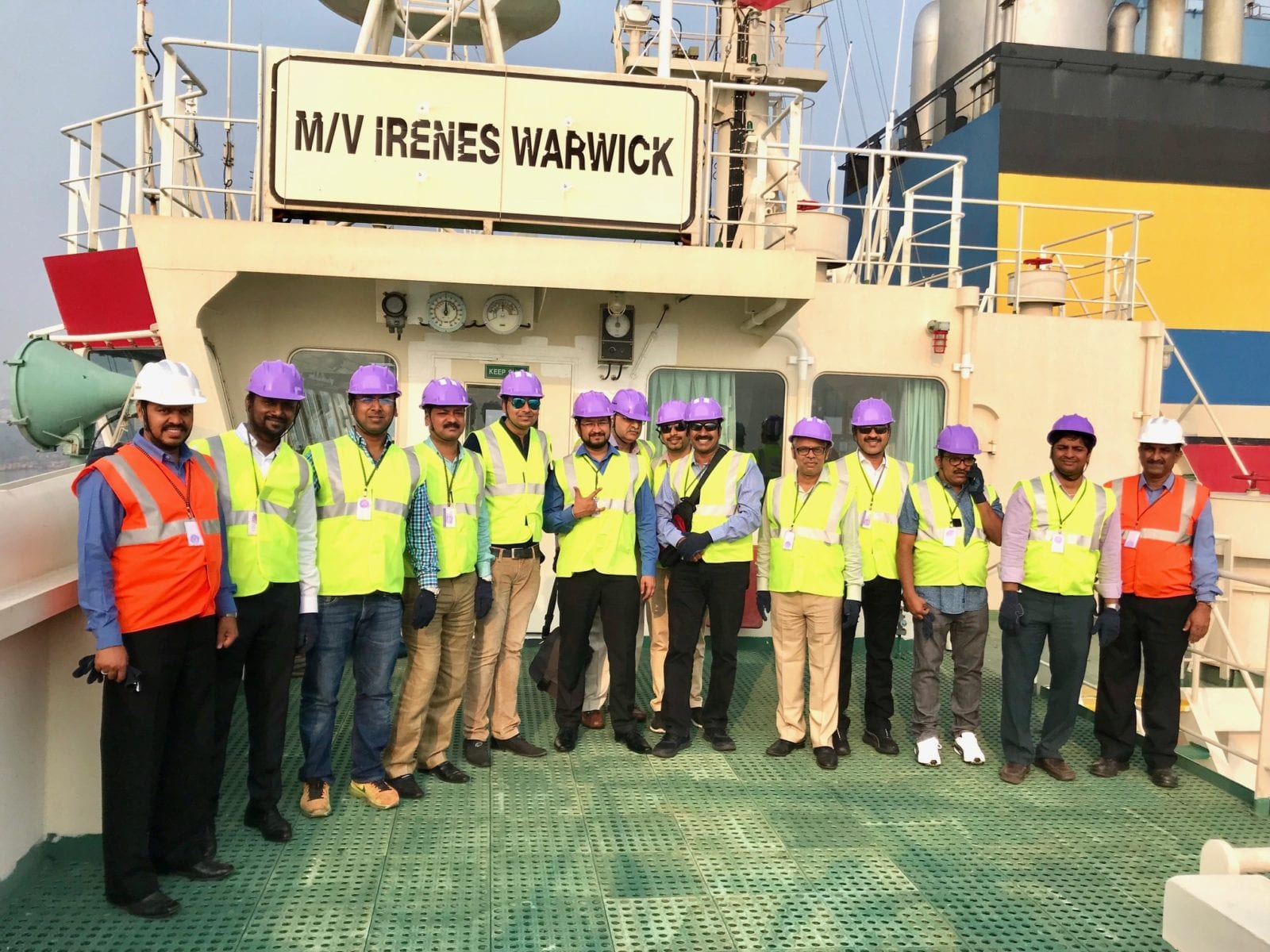Nepalese Customers Seek Logistics Solutions to Source U.S. Soy
- Category:
- General News

Among India’s four neighboring countries that have been showing an increasing preference for U.S. Soy, Nepal is the only one that has yet to embark on steady trade for U.S. Soy.
The main constraint is that Nepalese customers pay an extra $ 55 per ton for soybeans or soybean meal as compared to U.S. Soy imports coming into Bangladesh and Sri Lanka. The higher cost incurred is for in-land transportation because Nepal is landlocked and has to depend on two major India ports, Kolkata and Haldia. In 2015, Nepalese customers imported 43,000 metric tons MT (1.57 million bushels) of U.S. soybeans and are well aware of the superior quality of the meal and oil that they obtain after solvent extraction.
USSEC is constantly on the lookout for solutions in order to help offset these additional costs and create a better market foundation for U.S. Soy in Nepal. Pawan Kumar, USSEC consultant for North / East India and Nepal, has kept a careful eye on the situation and says that investigating alternate Indian ports and container partnerships could help offset additional costs. The Visakhapatnam port, situated on the central east coast of India, is the third Indian port that has been allowed to cater to Nepal cargoes. The port has the highest draft in the country (16.5 meters) and currently handles 0.70 million twenty-foot equivalent units (TEU) annually. Its facility is being expanded to handle two million TEUs each year.
Mr. Kumar gathered three soy crushers from Nepal along with a few other traders carrying out whole bean businesses into Nepal and designed a USSEC activity. He invited them to go to Visakhapatnam to discuss and find opportunities of reducing the cost of transportation. The Nepal participants together handle over 160,000 MT of soybeans, approximately 71 percent of the country’s total 225,000 MT requirement.
Representatives of MAERSK Line and Visakha Container Terminal (VCT) officials participated in a daylong logistics exercise organized by USSEC. They helped organize the port tour and made presentations about the various advantages that could be derived. Vijay Anand, USSEC Deputy Regional Lead – Asia Subcontinent (ASC), and Mr. Kumar shared information on the preference for U.S Soy in the ASC region and coordinated discussions between Nepal importers, Maersk Line and VCT.
Two issues were identified as a result of this exercise. First, the document clearing process at the Nepal Embassy, which should be cleared in a day, is taking more than two weeks. This adds a 15-day delay and misses scheduled rail connections every week. Second, the volume of container business is low at the Kolkata and Haldia ports because they have low drafts and can handle vessels carrying only 500 to 600 containers.
USSEC, VCT and MAERSK recommended to the Nepal group that they must receive consignments to VCT and then move them to Birganj Dry Port, Nepal’s inland port. This would take less than 48 hours’ time due to logistics superiority and digitalization at the port. The MAERSK group said that a ship could be made to bypass the Colombo, Sri Lanka trans-shipment hub if the containers numbered about 4000 at a time, which would save on shipping time and cost. A higher container movement by rail from VCT to Nepal’s dry port will further cut down transportation cost. The Nepal customers found that they will save a great deal on demurrages and can manage their inventories in a more predictable manner.
VCT officials announced that they would give priority to Nepal cargoes if routed through this port while MAERSK Line said they could discount up to $20/MT on end-to-end transport (U.S port to Nepal’s dry port) for assured volumes and an agreed-upon time scale. During the port and container vessel tour, the Nepal and USSEC team noted that customs clearance was faster and easier, the port has sophisticated cranes, more space to hold containers and has a dedicated rail line that add to advantages. Further work will be conducted to implement these recommendations. When successfully completed, the cost savings in transportation and logistics will help source U.S. soybeans and soybean meal into Nepal regularly.








